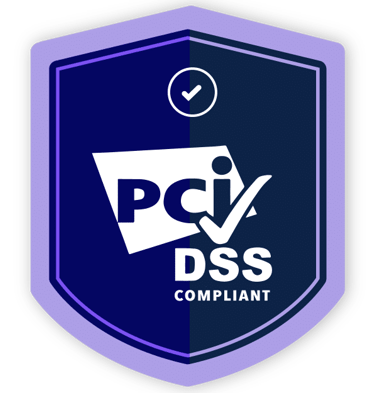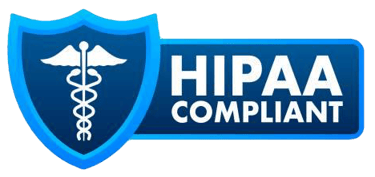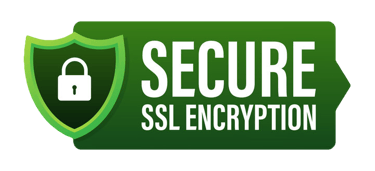How to Set Up a Quality Assurance and Performance Improvement (QAPI) Program for Home Health Agencies: A Step-by-Step Guide
Learn how to build a fully compliant QAPI program for your home health agency under CMS §484.65. This step-by-step guide outlines requirements, survey expectations, and how HealthBridge can help you implement a strong quality improvement program.


How to Set Up a Quality Assurance and Performance Improvement (QAPI) Program for Home Health Agencies: A Step-by-Step Guide
In today’s value-based healthcare landscape, Quality Assurance and Performance Improvement (QAPI) programs are not just regulatory requirements—they are essential tools for driving better patient outcomes, improving operational efficiency, and demonstrating accountability to both CMS and the communities you serve.
For Medicare-certified Home Health Agencies, a fully implemented QAPI program is required under the Conditions of Participation at §484.65, and it must be actively maintained, data-driven, and agency-wide. During surveys, the QAPI program is one of the most scrutinized components, often cited for deficiencies if documentation, structure, or implementation is weak or incomplete.
This article outlines a practical, compliant, and effective roadmap for developing a QAPI program that meets CMS standards and strengthens your agency’s quality infrastructure.
CMS QAPI Requirement for Home Health: The Regulation (§484.65)
CMS requires that each HHA develops, implements, evaluates, and maintains an effective, ongoing, agency-wide, data-driven QAPI program that:
Focuses on indicators related to improved outcomes, patient safety, and satisfaction
Monitors, analyzes, and tracks quality indicators, adverse events, and trends
Implements performance improvement projects (PIPs) targeting high-risk or problem-prone areas
Demonstrates measurable improvement sustained over time
Step 1: Establish QAPI Leadership and Infrastructure
Designate a QAPI Program Coordinator and form a QAPI Committee composed of interdisciplinary staff, including clinical and administrative personnel.
Set up meeting schedules (typically monthly or quarterly) and define roles and responsibilities.
Develop a QAPI Plan Document that describes the program’s scope, objectives, and implementation strategy.
Survey Tip: Surveyors often ask to review meeting minutes, QAPI plans, and documentation showing leadership involvement.
Step 2: Conduct a Baseline Self-Assessment
Use tools like CMS’s QAPI Self-Assessment Toolkit to evaluate your agency’s current quality activities.
Identify gaps in data collection, outcome tracking, or follow-through on quality initiatives.
Best Practice: Perform a SWOT (Strengths, Weaknesses, Opportunities, Threats) analysis to guide your initial focus areas.
Step 3: Define and Monitor Quality Indicators
Select and regularly monitor specific measurable indicators, such as:
Timely initiation of care
Hospital readmission rates
Fall rates
Medication errors
Wound healing outcomes
HHCAHPS patient satisfaction results
Use data from sources such as:
OASIS assessments
CASPER reports
HHCAHPS scores
Internal incident reports
Clinical record audits
Survey Tip: Maintain trend graphs and summaries for each metric; show how you respond to poor results.
Step 4: Analyze Data and Identify Priorities
After collecting and trending data, identify areas that:
Are high risk (e.g., pressure ulcers, medication reconciliation errors)
Show poor performance compared to benchmarks
Are problem-prone (e.g., documentation deficiencies)
Have regulatory or patient safety implications
CMS requires agencies to take action on adverse events and use root cause analysis when needed.
Step 5: Implement Performance Improvement Projects (PIPs)
Choose at least one Performance Improvement Project (PIP) annually. A PIP must:
Be specific and measurable
Include a defined goal
Involve appropriate staff
Use improvement tools like Plan-Do-Study-Act (PDSA) cycles
Demonstrate sustained improvement
Example: If your agency identifies frequent medication reconciliation issues, initiate a PIP to improve medication documentation accuracy during SOC visits.
Step 6: Document, Evaluate, and Update Your Program
Maintain detailed documentation of all QAPI activities, including:
Meeting agendas and minutes
Data reports and summaries
PIP implementation steps and results
Staff education related to QAPI efforts
Review and update the QAPI Plan annually to reflect current agency priorities and evolving CMS expectations.
Survey Tip: Surveyors will ask for real-life examples of how you used data to improve care.
What Surveyors Will Ask
Be ready to show:
Your written QAPI plan and how it is implemented
Evidence that QAPI activities are ongoing and interdisciplinary
Completed PIPs with results and evaluations
Minutes from QAPI meetings and participation from leadership
Trending data, benchmarks, and how data informs decision-making
QAPI Pitfalls to Avoid
Lack of leadership involvement: QAPI must not be “delegated” to a single nurse or admin.
No data analysis: Collecting data without analyzing and using it is a common deficiency.
Overly broad or vague PIPs: Goals must be specific and outcome-driven.
Failure to act on poor outcomes: Agencies must take corrective actions and document follow-up.
How QAPI Supports Your Agency’s Success
A strong QAPI program helps you:
Avoid condition-level deficiencies
Improve patient outcomes and satisfaction
Identify and correct problems early
Drive operational efficiencies
Support staff training and accountability
Succeed under value-based purchasing models
Partner with HealthBridge to Build a Powerful QAPI Program
At HealthBridge, we understand that developing a compliant and effective QAPI program takes time, expertise, and structure. We offer tailored consulting services that include:
Building and writing your QAPI plan
Facilitating your QAPI committee meetings
Developing quality indicators based on your agency’s profile
Leading and documenting Performance Improvement Projects
Preparing your agency for surveyors’ questions and document requests
Whether you’re just starting your QAPI journey or need help revitalizing your existing program, HealthBridge is your trusted partner in quality and compliance.
Contact us today to schedule a QAPI consultation and ensure your agency’s continuous improvement is more than just a checkbox—it’s a competitive advantage.







